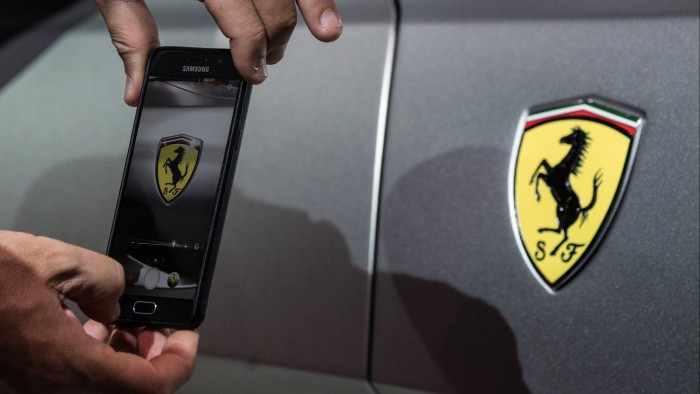Unlock the Editor’s Digest for free
Roula Khalaf, Editor of the FT, selects her favourite stories in this weekly newsletter.
The end of the year is a time for reflecting on one’s successes and failures, and mining them for insights to apply in the future. The Lex version of this ritual navel-gazing involves sifting through the calls that we made over the past year: those stocks we thought would race ahead and those we touted as set to crash. There are always, inevitably, some hits and misses.
Seen in the rear-view mirror, some of our positions look uncomfortably ill-judged. Take our endorsement of Stellantis, formed from the combination of Italy’s FCA and France’s PSA. In February, we admired chief executive Carlos Tavares’s post-merger axe-wielding, which had driven the carmaker’s 2023 margins to 12.5 per cent, almost double those at Volkswagen.
Since then, the wheels have totally come off the Stellantis story. It has missed expectations, warned on profits and, finally, ejected its chief executive — and its stock has very nearly halved.
For sure, life has been hard for all European carmakers. Sluggish demand, competition from Chinese automakers and a bumpy transition to electric vehicles have sent the Euro Stoxx Automobiles and Parts index down about 16 per cent since February.
But much of Stellantis’s skid is of its own making. In the post-pandemic period, it raised forecourt prices so much that its market share eventually cratered. Those plush margins that so enraptured Lex? Bit of a warning signal, as it turns out. Rising margins in consumer-facing businesses are the equivalent of an amber light. As Nestlé’s recent history teaches, what looks like pricing power or efficient marketing spend can just as easily signal a predilection for short-term profit over long-term growth.
Not all our favoured car stocks have gone off track this year. Lex has long been a fan of Italy’s Ferrari. We called out its better prospects in comparison to Porsche in 2023 — referencing its model of restricted supply and exorbitant pricing — and have continued to highlight its strengths since then.
And there has been some decent mileage out of this one: Ferrari’s shares are up nearly 30 per cent this year. That is all the more remarkable given the pile-up in European autos and the fact that the luxury sector has wilted.
Clearly, the uber-wealthy who can afford to shell out up to $10mn for a personalised Ferrari are in a different class from the merely very, very affluent. Ferrari has even outperformed Hermès, its functional equivalent in leather goods, to trade at 48 times next year’s earnings. Lex thinks this is a trade that has further to run. Betting on billionaires is here to stay.
Read the full article here

